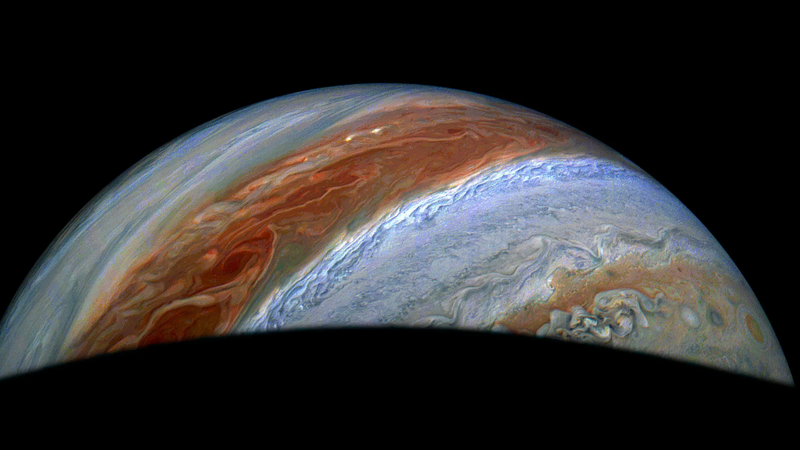NASA’s Juno mission is once again rewriting our understanding of the solar system. In its latest flybys, Juno has peeled back the layers of Jupiter’s atmosphere and uncovered fresh clues about Io, the solar system’s most volcanic moon.
By probing beneath Jupiter’s swirling clouds, the Juno spacecraft has helped scientists build a new model to explain the fast-moving jet streams that encircle the planet’s cyclone-covered north pole. These mega-weather systems rival the fiercest storms on Earth and offer a natural laboratory for testing theories about fluid dynamics at extreme scales.
On Io, Juno’s instruments have mapped for the first time the moon’s subsurface temperature profile. This breakthrough mapping reveals how heat travels through Io’s crust, driving the runaway volcanic eruptions that bombard the moon’s surface with lava fountains and sulfur plumes.
“As Juno’s orbit takes us to new regions of Jupiter’s complex system, we’re getting a closer look at the immensity of energy this gas giant wields,” said Scott Bolton, principal investigator of the Juno mission. “At the same time, Io’s fiery landscape is teaching us about volcanic processes that could exist on Earth and other worlds.”
Launched on August 5, 2011, and arriving at Jupiter on July 4, 2016, Juno has traveled over 1.7 billion miles to study the origin and evolution of the largest planet in our solar system. Its discoveries are shaping the future of planetary science, inspiring engineers, entrepreneurs, and aspiring explorers alike.
For globally minded readers—from tech innovators and sustainability advocates to adventure seekers and space enthusiasts—Juno’s latest findings are a powerful reminder that exploration knows no borders and that the universe is full of surprises waiting to be decoded.
Reference(s):
NASA Juno mission reveals volcanic action on Jupiter's moon Io
cgtn.com




